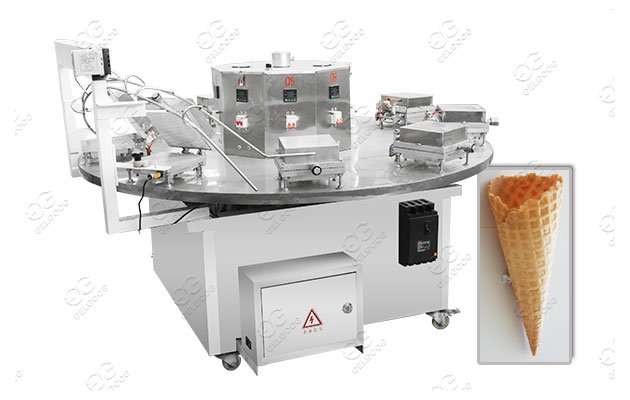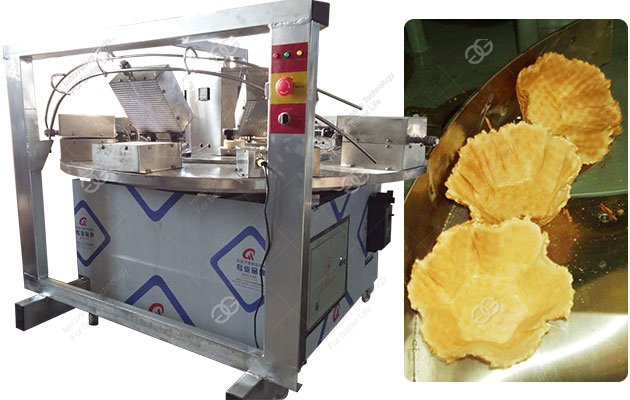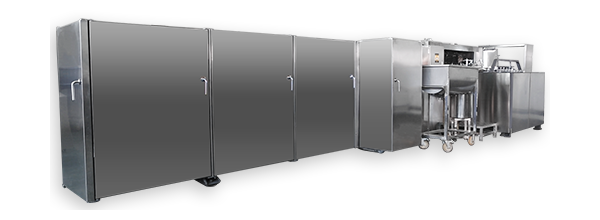
Features
- The quality is excellent, the key components are all well-known brands, and the food-contact components are made of 304 stainless steel.
- The core components are independently developed and manufactured, and the operation is stable and reliable.
- The operation is automated, and no labor is required during the entire ice cream cone processing process, reducing labor costs.
- There are two optional heating methods: electric heating and gas heating, depending on the actual situation.
Ice Cream Cone Flow Chart
-
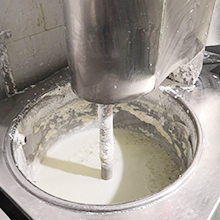
Mixing
-

Grouting
-
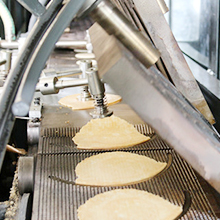
Baking
-
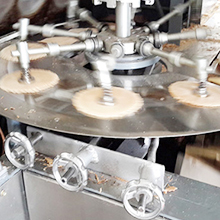
Picking
-
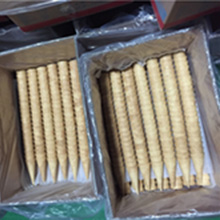
Finished product
-
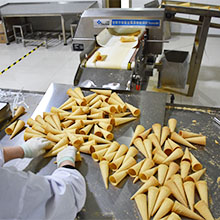
Metal detector
-
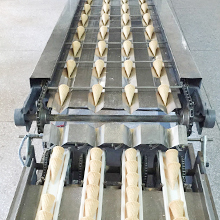
Conveying
-
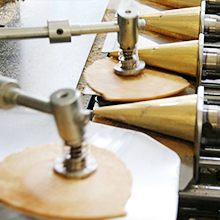
Rolling
Advantages
-
 1
1PLC control, multi-language touch screen display, intuitive and simple operation, and the computer control system runs more stable.
-
2
The baking part adopts the upper and lower mold design mechanism, which is driven independently. Flexible action, good forming effect, convenient inspection and maintenance.

-
 3
3It can be customized and can produce ice cream cones and waffle bowl of various sizes according to needs.
-
4
The baking plate is made of high-quality nodular cast iron, which is wear-resistant, non-deformable, and has a service life of more than 10 years.

Finished ProductAdvantages
Technical Data
| Model | GGGLYF -35 |
| Size | 6000*800*1650MM |
| Monitor Power | 2.2KW |
| Fan Power | 0.75KW |
| Voltage | 380V 50HZ |
| Air Consumption | 6-8m³/h |
| Weight | 6T |
| Capacity | 1500-2000PCS/H |
Video display
Industry Background
History of Ice Cream Cones
Many people are interested in the history of the invention of ice cream cones. Who invented ice cream cones? Invention and creation originated from ordinary life. This is a simple truth, and it also applies to ice cream cones.
In 1904, in the Expo site in St. Louis, Mr. Ernest from Syria was selling a Middle Eastern dessert called Zalabia. Another Mr. Arnold was selling ice cream on the side. At first he sold it in ordinary cups and saucers, but All the cups and saucers ran out at noon. Just as Arnold didn't know how to deal with the afternoon business, Ernest rolled his crepes into cones and handed them to Arnold. Arnold used this wafer to roll his ice cream and sell it, so Zalabia turned into an ice cream cone. Unexpectedly, this edible ice cream cone is very popular.
Today, in Damascus, Syria, the hometown of Ernest, people have always believed that it is the hometown of delicious ice cream cones. For a century, the smooth ice cream and the crispy cone have never been separated.
Related Product
Scope of Application
Installation case
Leave message






